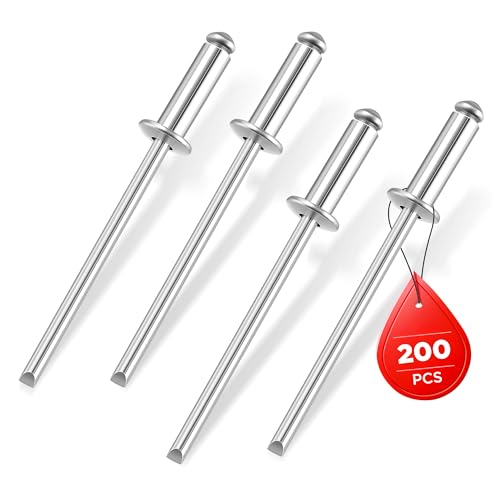not relevant to the original post, but, bears adding to the second topic - WASPS !!!
I am allergic to honey bee venom but the common red wasp, sometimes called the mahogany wasp
doesn't really affect me that much with the occasional sting here and there. Just some pain and swelling.
This morning, I was helping my wife pick some grapes at the neighbors vineyard.
I kept telling her (jokingly) to be careful of "vine snakes" and huge bugs and rabid raccoons
that will leap out of the vines and chew your face off.
then - BAM - two wasps nailed the back of my left hand. it really didn't hurt that much at first.
but now, 4 hours later, my left hand looks like a catchers mit !!!! DANG IT HURTS SOMETHING AWFUL !!!
Been taking oral benadryl tablets and massaging the itching gel into it every 15 minutes or so,
have a bag of ice on it and it just HURTS !!!! I saw them fly away so I know it wasn't a snake bite or a spider.
The red wasps in my storage shed get me sometimes and they are aggressive and try to get another
stinger into you as you back up. But these two guys that got me this morning just stung and took off fast.
It wasn't a hornet or yellowjacket. I know them pretty well. I know it was the red wasp (on steroids).
Then awhile ago I remember a post on the fishing site I belong to about saltwater stings from LionFish,
catfish, and other nasty things in the ocean.
REMEDY: IF you can get to HOT WATER, soak the affected area in HOT WATER about 115 to 117*f.
or, as hot as you can stand it. The water MUST remain a constant temperature of 115-117*f. that means
you must run the hot water tap every few minutes to maintain a constant temp. Temperatures above 120*f
can lead to tissue damage rather quickly. So have something to monitor the temps before you do this.
the COLD PACK will only allow the toxin to survive in the human tissue and continue its damage: pain and swelling.
HEAT will kill the toxin right away, within 10 minutes or so. but it MUST BE CONTINUOUS CONSTANT HEAT.
Not hot, let it cool, then warm, then back to hot. CONTINUOUS CONSTANT HEAT. for as long as you can stand it.
if the affected area is your face, neck, torso, etc. use washcloths soaked in the 117*f hot water and change
out every 10 seconds. You MUST maintain that same heat source on the sting area to kill the toxin.
I learned this when I got a small prick from a saltwater catfish that jabbed my hand and I thought my hand
was going to absolutely fall off. I kept it on ICE, which only allowed the toxin to do its nasty thing.
It has been 20 minutes now since I started the hot water bath and the pain has subsided tremendously !!!
the swelling and tightness is still there, but, the pain is very much less than it was 30 minutes ago.
ok, back to the sink for more hot water.
I am just so thankful that it wasn't a rabid raccoon that jumped out of the vines and tried to chew my face off.
I would NEVER live that one down !!!! lol lol I am having a hard enough time (from the wife) about this stupid
wasp sting. she has been mumbling all morning - - - ohhhhh be careful, bugs, ohhhhhh snakes, oooohhhhhh
rabid racoons, ohhhhh be careful honey, something will get you. ohhhhhhhh careful.
https://www.lionfishhunters.org/Danger.html

























































